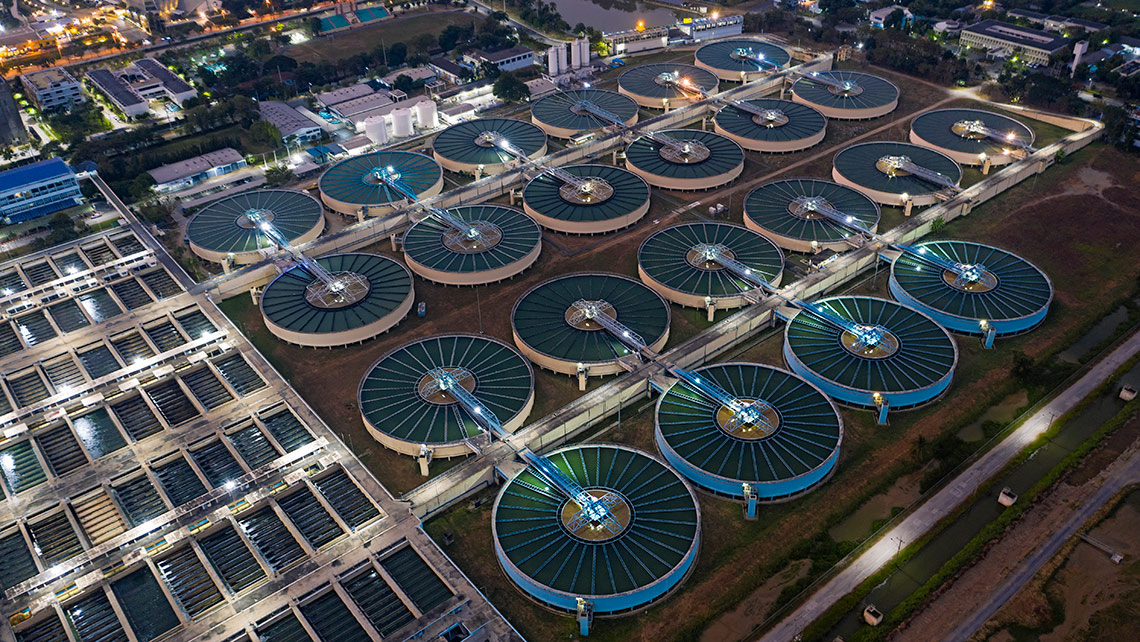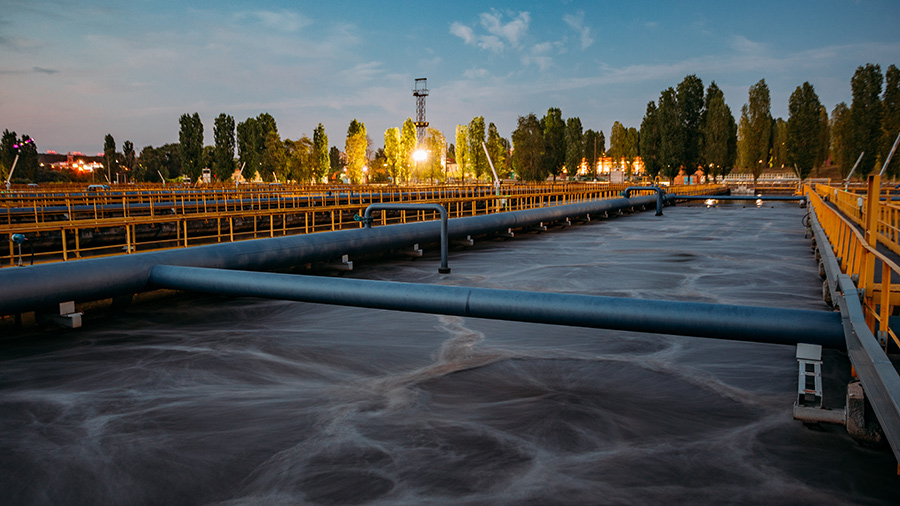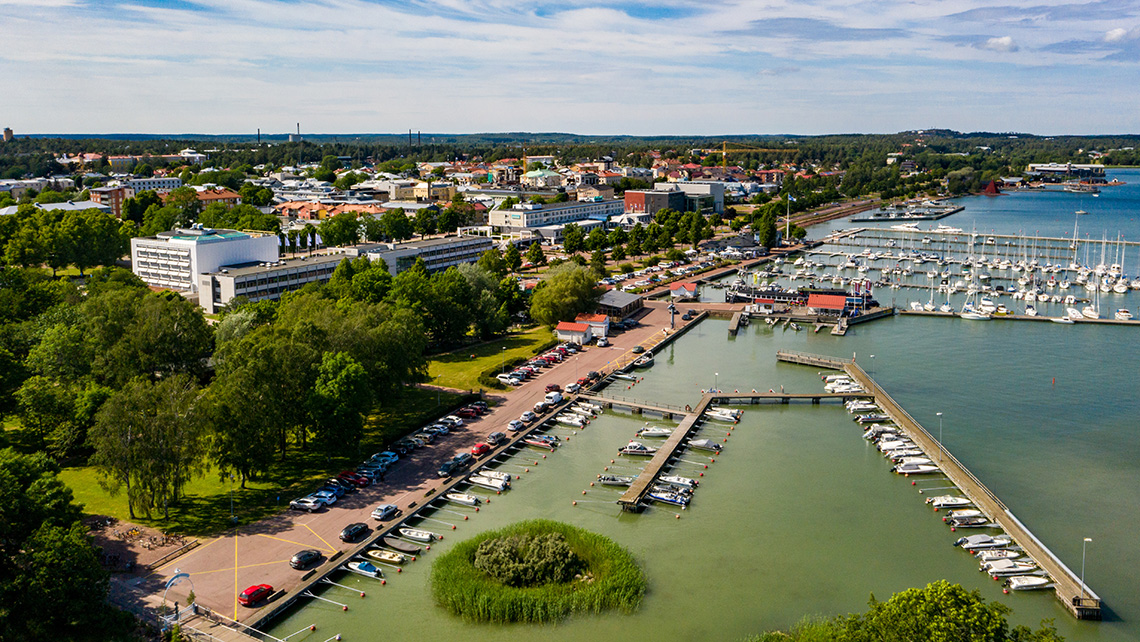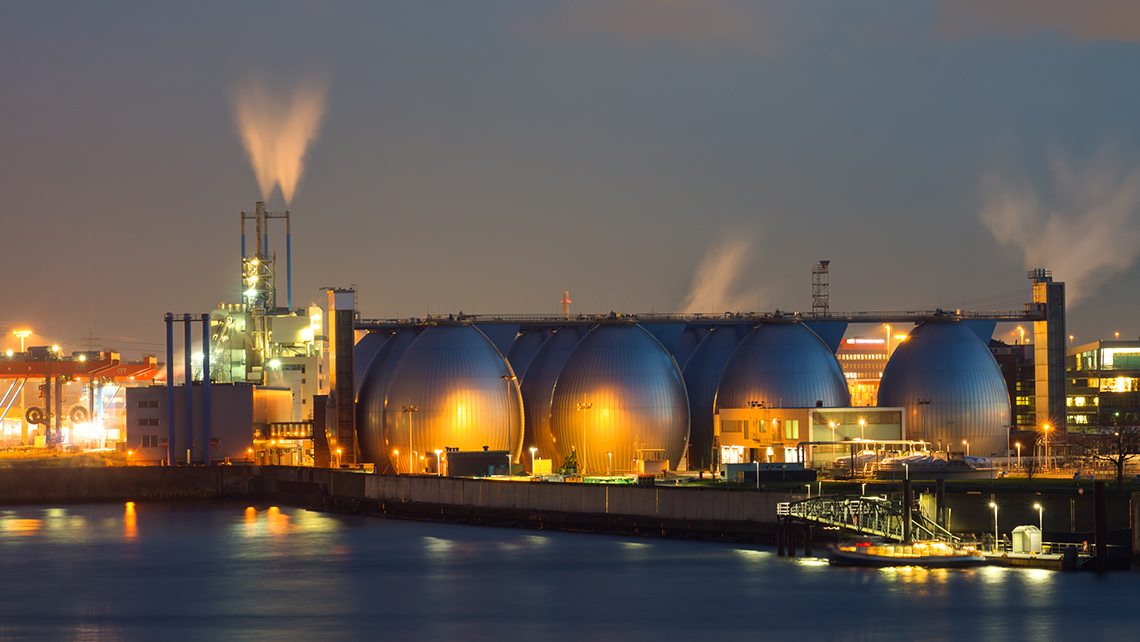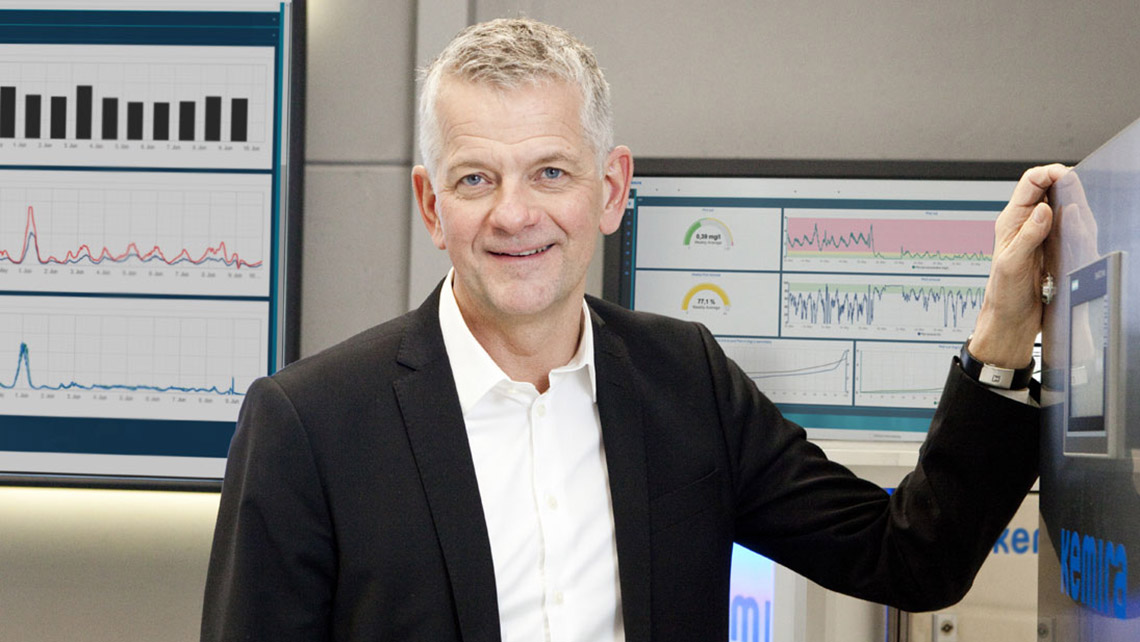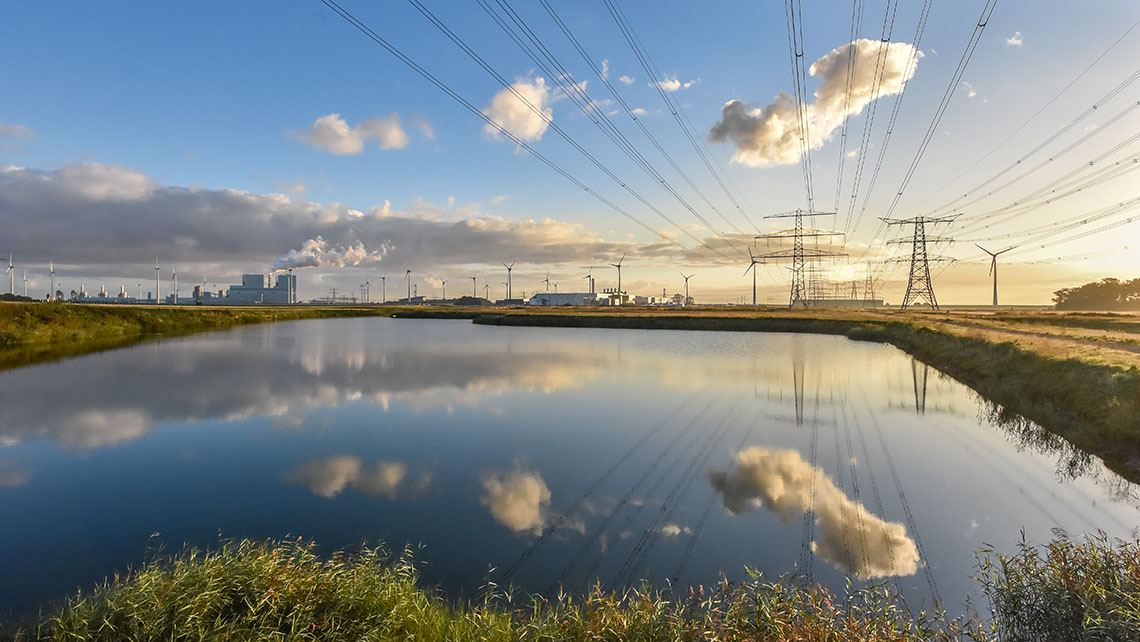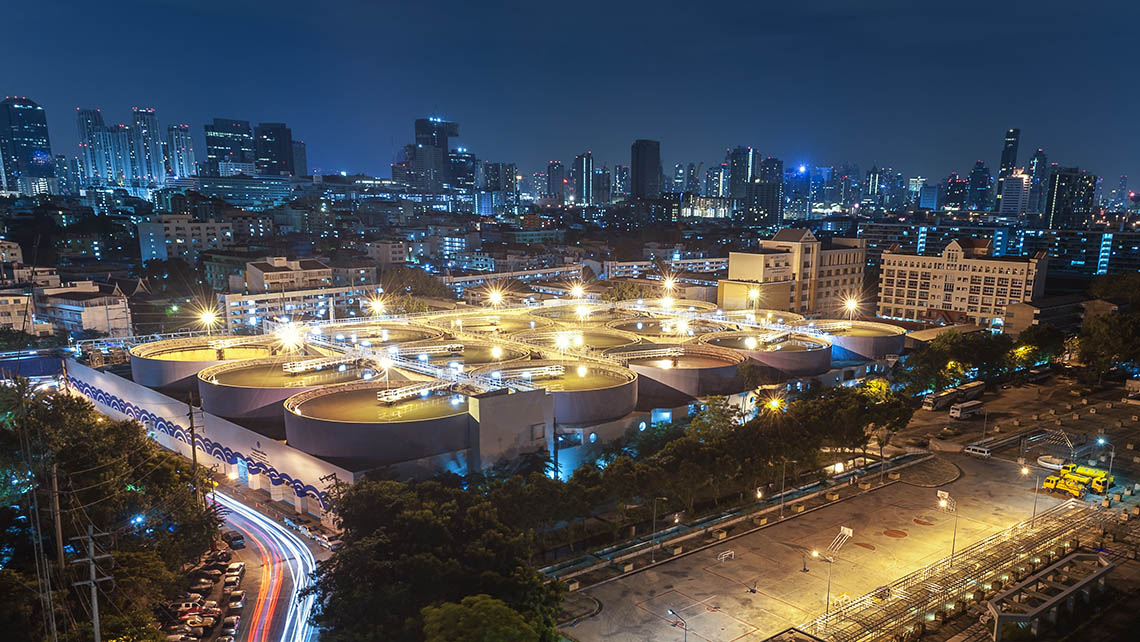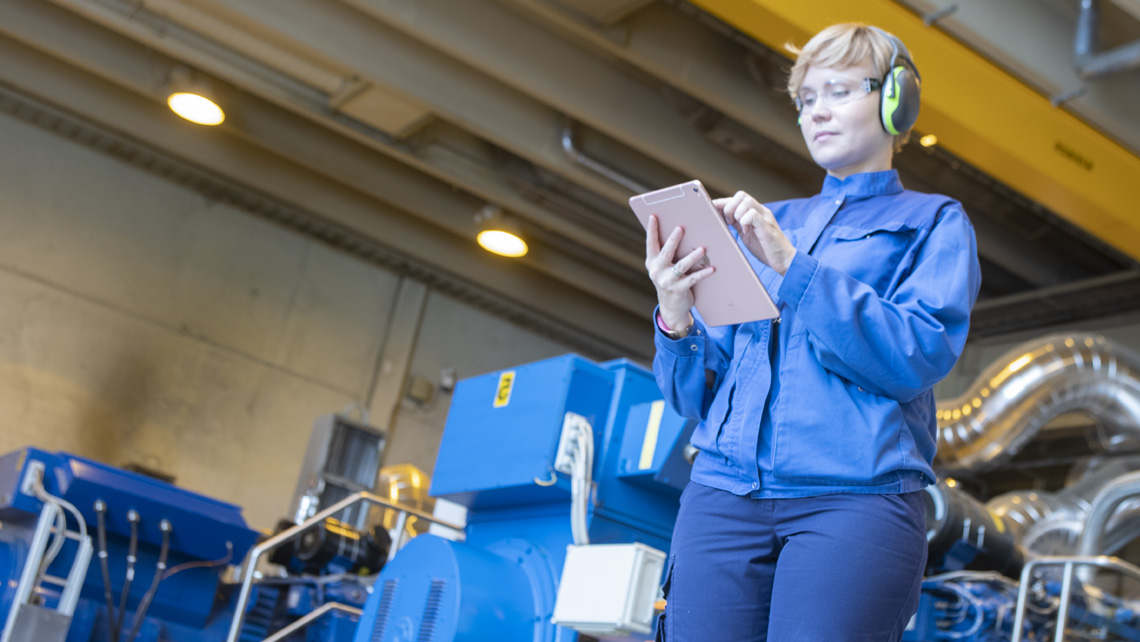Less is more
The most energy intensive part of wastewater treatment is the biological process. One way to tackle that problem is to feed the bacteria less by increasing the primary treatment load through digitally-enabled optimization. Settling more primary solids in the primary treatment step reduces the load for the aeration process. That lowers overall energy consumption, leaving the easily degradable COD for biology, which can also increase biogas production.
Sludge treatment and phosphorus removal are other areas with great potential for energy savings. A powerful combination of chemistry, data analytics and automated chemical dosing optimizes process efficiency – also in highly variable conditions.
